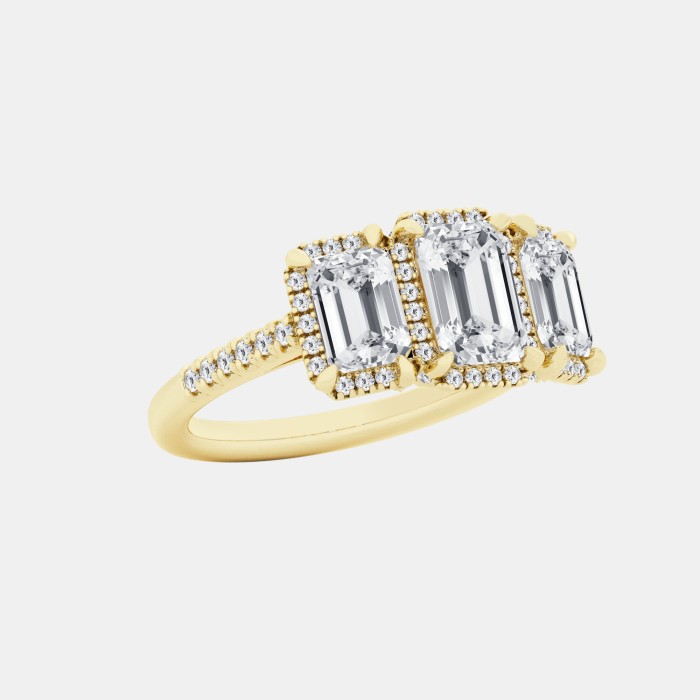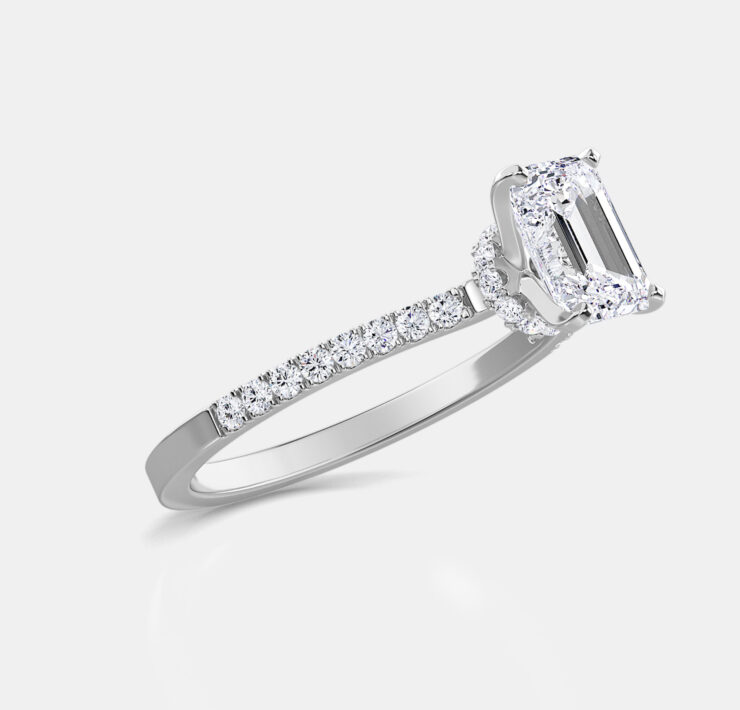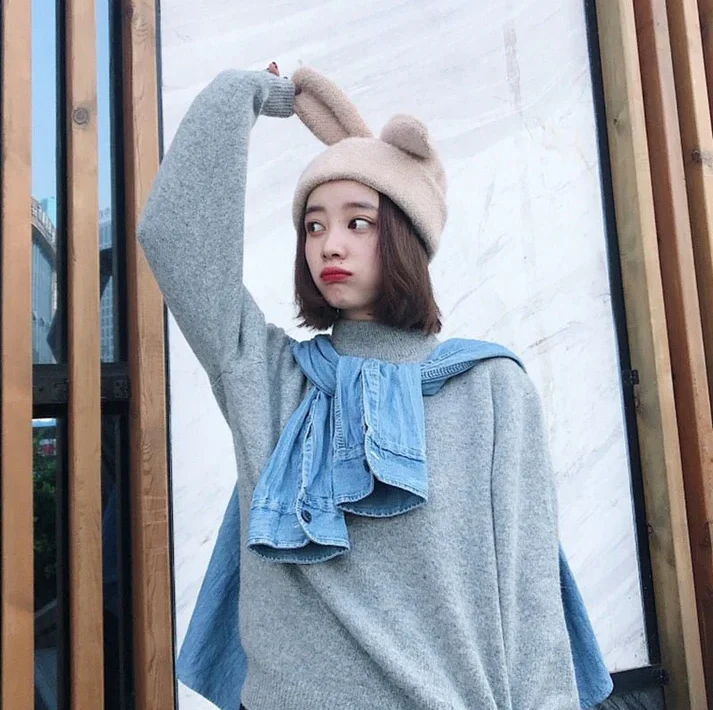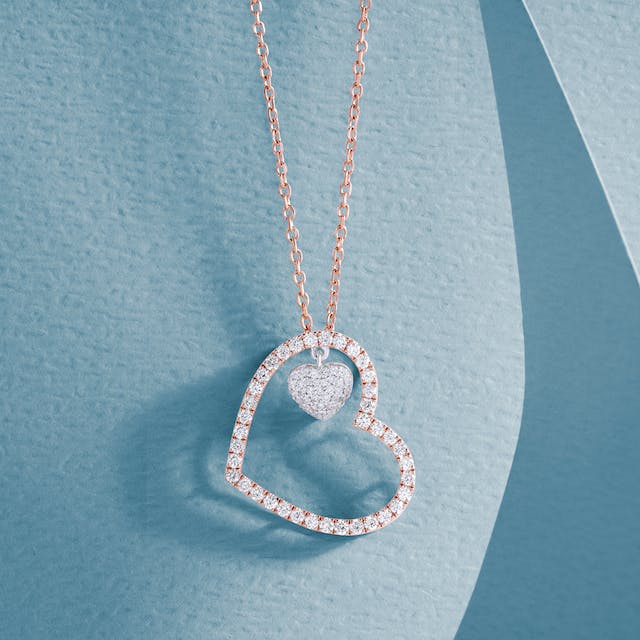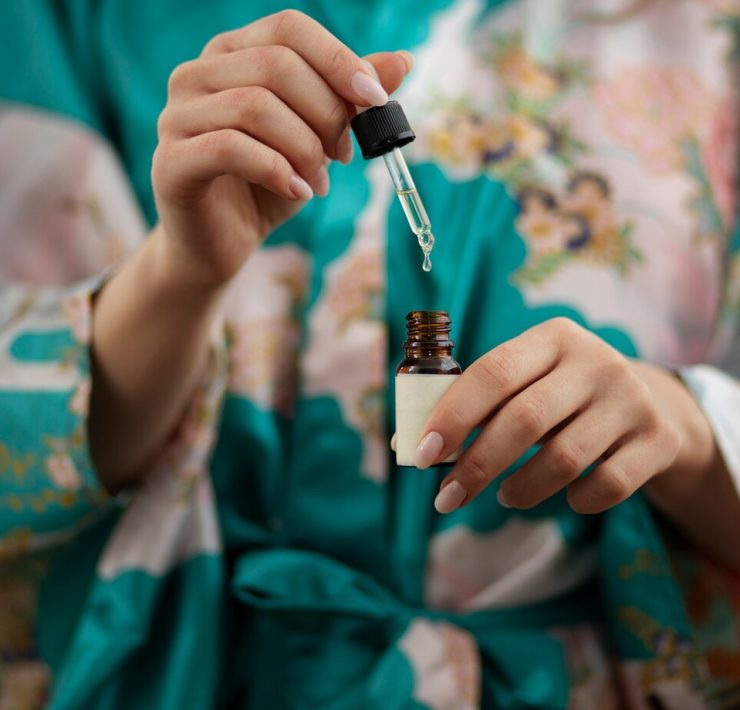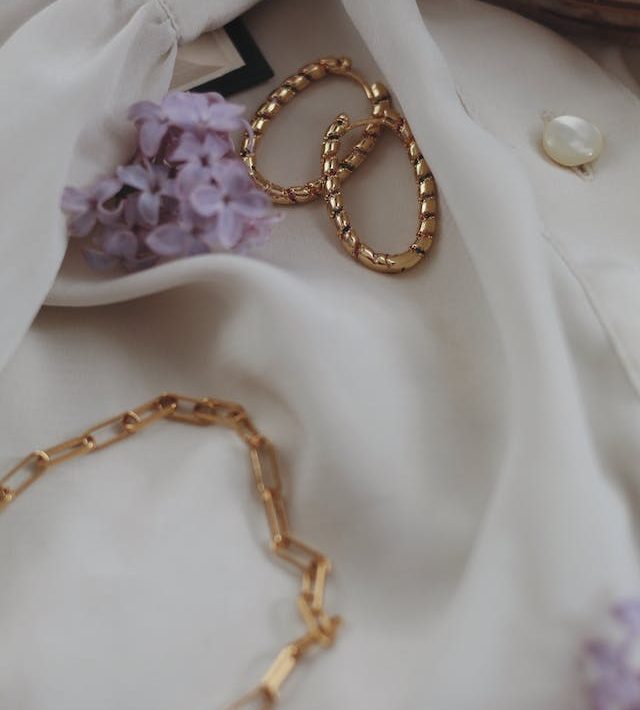Cornrows: A History and Cultural Significance of a Hairstyle

Cornrows, also known as braids or cane rows, are a traditional African hairstyle that has been around for centuries. This hairstyle has a rich history and cultural significance and has evolved over the years to become a popular fashion statement in modern times.
Origins of Cornrows
Cornrows can be traced back to ancient Africa, where they were originally worn by warriors to keep their hair out of their faces during battles. Over time, the hairstyle became a symbol of cultural identity and expression and was used to communicate social status, tribal affiliation, and religious beliefs.
In the African culture, each pattern of cornrows was unique and had its own meaning. For example, some patterns were reserved for royalty, while others were worn by commoners. The styles were passed down from generation to generation, and served as a form of storytelling, documenting the history and traditions of African communities.
The Spread of Cornrows
The spread of cornrows can be attributed to the African slave trade. During this period, millions of Africans were forcibly taken from their homes and brought to the Americas, where they were subjected to brutal conditions and forced to work on plantations. Despite the hardship they faced, African slaves were able to maintain their cultural traditions, including their hairstyles.
Cornrows soon became popular among African-Americans, who used hairstyles as a form of resistance against their oppressors. The hairstyle was a way of asserting their cultural identity and expressing their pride in their heritage.

Modern Interpretations of Cornrows
Today, cornrows have become a popular fashion statement and are worn by people of all races and cultures. From celebrities to athletes, many people have adopted hairstyles as a way of making a statement and expressing their individuality.
In recent years, cornrows have been embraced by the mainstream fashion industry, and are now a popular hairstyle for special occasions, such as weddings and proms. However, this has also led to the appropriation of the hairstyle, with some non-African people wearing cornrows as a trend without understanding the cultural significance behind it.
The Cultural Significance of Cornrows
Despite its widespread popularity, cornrows remain a powerful symbol of African culture and heritage. The hairstyle represents a rich history and cultural tradition that has been passed down from generation to generation.
Cornrows are a form of self-expression and a way for people to connect with their heritage. They serve as a visual representation of the strength and resilience of the African people and their ability to maintain their cultural traditions despite centuries of oppression and exploitation.
Conclusion
Cornrows are a hairstyle with a rich history and cultural significance. From its origins in ancient Africa to its modern-day popularity, the hairstyle has evolved to become a symbol of cultural identity and expression. Today, cornrows remain a powerful representation of African heritage and serve as a testament to the strength and resilience of the African people.


